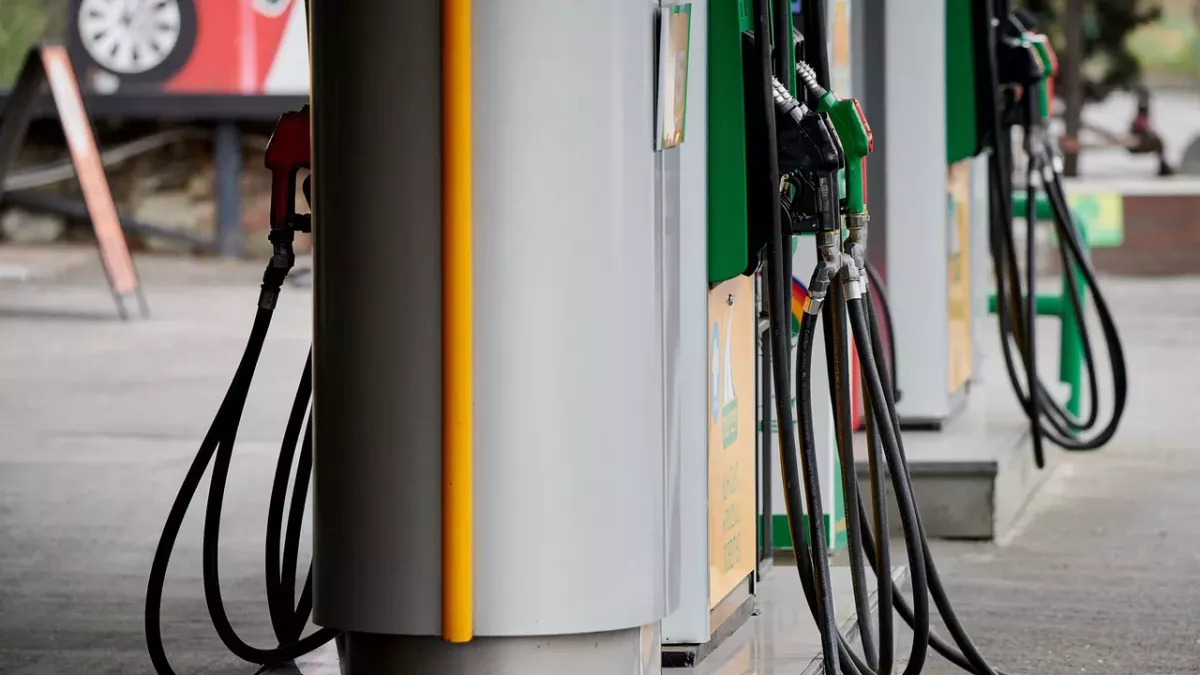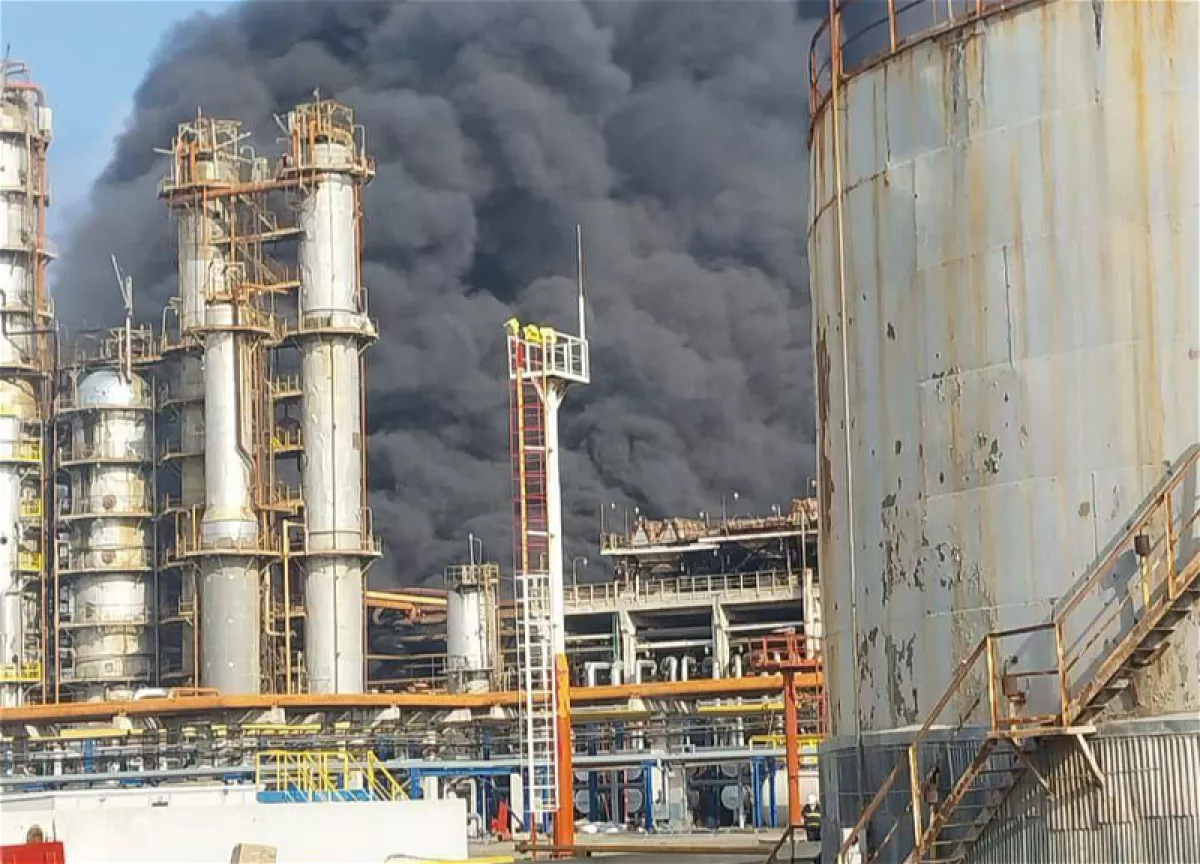Fuel wars: Drone attacks shift Georgia’s energy balance From dependence to diversification
The war in Ukraine is gradually starting to affect Georgia’s petroleum market due to problems faced by fuel suppliers from Russia. In recent months, Ukrainian drones have struck at least ten oil refineries in Russia, including those geared towards export. According to Reuters, Ukraine’s attacks have disabled about 17% of Russia’s refining capacity, equivalent to 1.1 million barrels of oil per day. These strikes have not only disrupted exports but also caused fuel shortages in many Russian regions, as well as in the occupied territories of Ukraine and Georgia, particularly in “resort” areas.

A fuel shortage, which led to long queues at petrol stations, also emerged in separatist Abkhazia. This situation arose on the eve of yet another anniversary of the Kremlin’s “recognition” of the so-called “independence” of this occupied Georgian territory (26 August), which this year was marked rather modestly. To resolve the petrol crisis, Russia’s Deputy Head of the Presidential Administration, Sergey Kiriyenko — who “oversees” Abkhazia — had to intervene. By the end of August, additional volumes of fuel were “transferred” to the region.
In addition, the Russian authorities introduced restrictions on petroleum exports to meet domestic demand. As a result, from May 2025 onwards, the position of Russian suppliers in foreign markets, including Georgia, has been rapidly weakening. However, unlike the Kremlin-controlled territories, in Georgia the reduction of fuel supplies from Russia has not caused panic or queues at petrol stations, as Russian fuel is quickly being replaced by imports from other countries. All indications are that by the end of this year, Russia may lose its recent dominance in Georgia’s petroleum market.

By 2024, however, Russia’s share had already fallen to 54%, while European suppliers strengthened their positions. Bulgaria’s growth was particularly notable — from 9.4% in 2023 to 16.7% in 2024. Romania’s share changed only slightly, standing at 14.7% (compared to 15.3% a year earlier).
The decline in fuel imports from Russia in 2024 was also linked to the war in Ukraine. But in 2025, the Ukrainian side moved to massive strikes on Russian oil refineries, aiming not merely to reduce production but to disable plants for months.
By mid-August 2025, the Ukhta, Ryazan, Saratov, and Volgograd refineries, all three plants of the Samara group (Syzran, Novokuybyshevsk, and Samara), as well as facilities in the Rostov region and Krasnodar Territory, had been damaged. On 21 August, Ukrainian drones attacked the Novoshakhtinsk refinery, which operated mainly for export. As a result of the fire, six fuel storage tanks were destroyed.
Russia’s fuel logistics have also come under attack: in Ukraine’s Zaporizhzhia region, a railway convoy transporting petroleum products to Russian-occupied Crimea was struck. The situation was further complicated by the “peak season”: in Russia, the summer holiday period was coming to an end and the harvest season was underway, sharply increasing domestic fuel demand. As a result, fuel exports — including to Georgia — had to be suspended.
Russian petroleum products on the Georgian market are now being replaced by supplies from Bulgaria, Romania, Türkiye, and Azerbaijan. Azerbaijan has every chance to regain its leading position, but ongoing refinery modernisation and high domestic demand are preventing this from happening quickly.

The situation was aggravated by a fire at the Heydar Aliyev Baku Oil Refinery in March 2025. The plant stood idle for around 40 days and later only gradually resumed diesel production. Nevertheless, in the longer term, once the refinery’s modernisation is completed in 2027, Azerbaijan will have every prerequisite to become the leading supplier of petroleum products to the Georgian market.
By Vladimir Tskhvediani, Georgia, exclusively for Caliber.Az








